The Colonial Dorchester State Historic Site
Trowel Trade Students of American College of Building Arts Collaborate to Construct an Exhibit
Peter J. Marcucci
Special Contributor
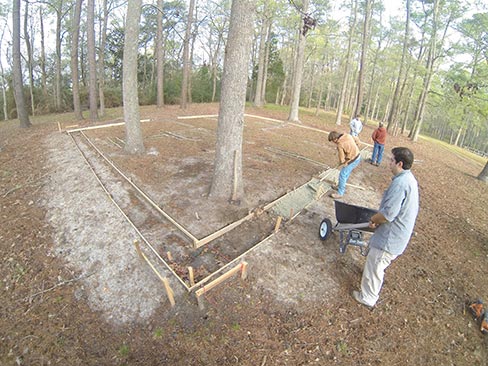 Hidden by two centuries natural metamorphosis, a wealth of remnants lies buried, best described as an archaeological treasure trove from the 18th century Puritan occupation of Dorchester, South Carolina.
Hidden by two centuries natural metamorphosis, a wealth of remnants lies buried, best described as an archaeological treasure trove from the 18th century Puritan occupation of Dorchester, South Carolina.
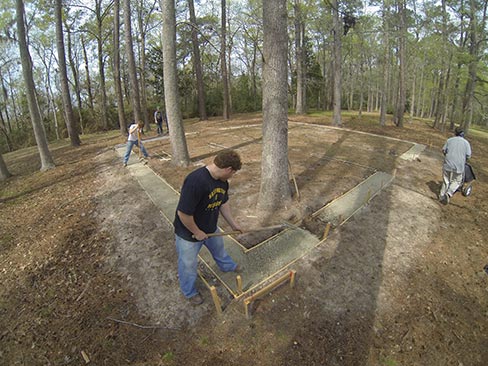 This trove and its narrative begins on December 20, 1695, as a small group of English Puritans setting sail from Dorchester, Massachusetts set foot in Charles Town, Carolina (an English Province), in search of a larger area to farm and raise their families.
This trove and its narrative begins on December 20, 1695, as a small group of English Puritans setting sail from Dorchester, Massachusetts set foot in Charles Town, Carolina (an English Province), in search of a larger area to farm and raise their families.
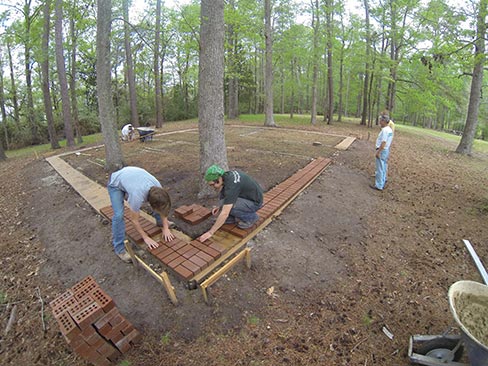 These Puritans, sharply focused on gaining land, were welcomed by locals wanting good neighbors and more diverse trade and revenue. During this time, England was desperate to have as many English settlers as possible stake their claims in the south in order to counter the movement of the Spanish trying to expand their territory northward.
These Puritans, sharply focused on gaining land, were welcomed by locals wanting good neighbors and more diverse trade and revenue. During this time, England was desperate to have as many English settlers as possible stake their claims in the south in order to counter the movement of the Spanish trying to expand their territory northward.
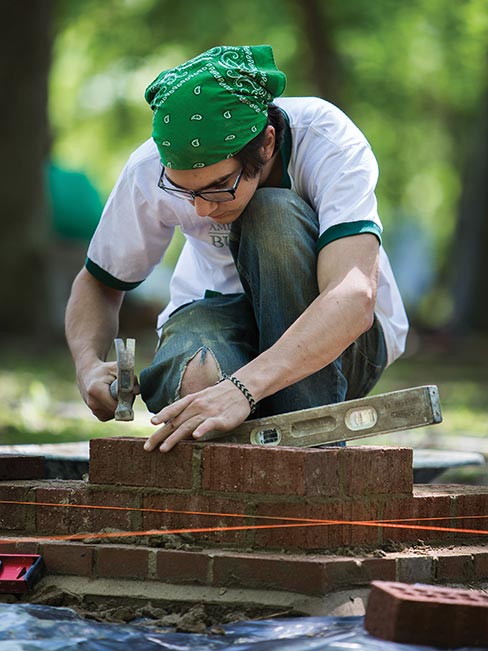 Clearly during these land rush years there was a winner-take-all attitude. The Puritans, after carefully surveying the area, liked what they saw and were granted 4,050 fertile acres along the Ashley River, and by 1696, the town of Dorchester, Carolina was formed.
Clearly during these land rush years there was a winner-take-all attitude. The Puritans, after carefully surveying the area, liked what they saw and were granted 4,050 fertile acres along the Ashley River, and by 1696, the town of Dorchester, Carolina was formed.
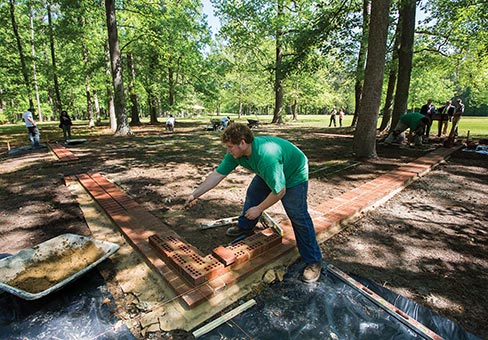 By the turn of the century, mostly due to the excellent leadership and hard work of farmers, tradesmen and laborers, Dorchester became prosperous. But, says Ashley A. Chapman, Park Manager at the Colonial Dorchester State Historic Site Park—prosperity was not enough to keep them there.
By the turn of the century, mostly due to the excellent leadership and hard work of farmers, tradesmen and laborers, Dorchester became prosperous. But, says Ashley A. Chapman, Park Manager at the Colonial Dorchester State Historic Site Park—prosperity was not enough to keep them there.
“Dorchester was a supply and economic center. Now imagine these original families growing up and multiplying, and then running out of space fifty or sixty years later and again finding themselves in need of land so they could expand.
“Also during the 1700s, and growing rapidly in South Carolina, was the plantation system where you needed a lot of land and a lot of slaves to make farming economically viable. These larger plantations were essentially consolidating all the land and pushing out the smaller farmers.
“They were almost self-sufficient villages within themselves and did not need a town like Dorchester to trade with. So, Dorchester essentially began to die in the 1750s because the original families as a group moved to the coast of Georgia where they found 31,000 acres of good land in South Savanna.
“Dorchester did continue to exist for another twenty to thirty years, but with the disruption of trade due to the American Revolution, there was no reason for people to move there, so it turned into a ghost town and fell apart.”
The park encompasses virtually the entire colonial town, with most traces of the Puritan remnants being covered by natural accretion and buildup of soils and sediments during its two centuries of abandonment.
Even so, during the 1950s, a professor of history who knew of several buried historic sites throughout the area discovered the remnants hidden below the Dorchester surface, and by the 1970s, more holes had been dug by another visiting archaeologist doing yet another survey. Then, two decades later during the 1990s, a State Park archaeologist came through doing even more excavations and eventually discovered the Izard residence.
“We have been trying to rediscover this time capsule of colonial history by excavating sites throughout the park, and a lot of the time we find remains of buildings that are underground,” said Chapman, explaining what is problematic is that once they are finished with the archeology, the foundations are again covered up.
“We can’t leave the excavation units open because the dirt is subject to erosion, and the foundations will quickly begin to fall apart. Then unfortunately, the visitors walking around the park have a hard time visualizing the remains because they are again underground.
“So what this project is about is how can we get the archeology underneath the ground out of view, back into something that is visible and tangible that we can use as an interpretive and educational resource.”
In all, approximately 50 principal buildings with as many as 150 out buildings such as sheds, barns, privies, and kitchens have been discovered. Additionally exhumed have been broken plates, cups, utility vessels, bottles, buckles, and buttons; as well as tools, hoes, axes, barrels, lead crystal, Chinese porcelain, locally-made pottery, plant remains, and seeds.
Bones from animals they were consuming such as pigs, cows, deer, fish and various types of birds have also been unearthed. You name it—they found it! Since those years, excavations have taken place intermittently as money allowed by digging small holes in 10-30 meter intervals throughout the park.
Eventually, and beginning with the Izard residence, the decision was made to construct a new foundation directly above the old foundation so visitors can see the footprint of the original structure as well as where it was located within the town, but not be confused into thinking it is the original.
Additionally proposed was a plan to construct this foundation by using the wealth of faculty and student talent residing at the American College of Building Arts (ACBA), while participating sponsor MeadWestvaco helped fund the project.